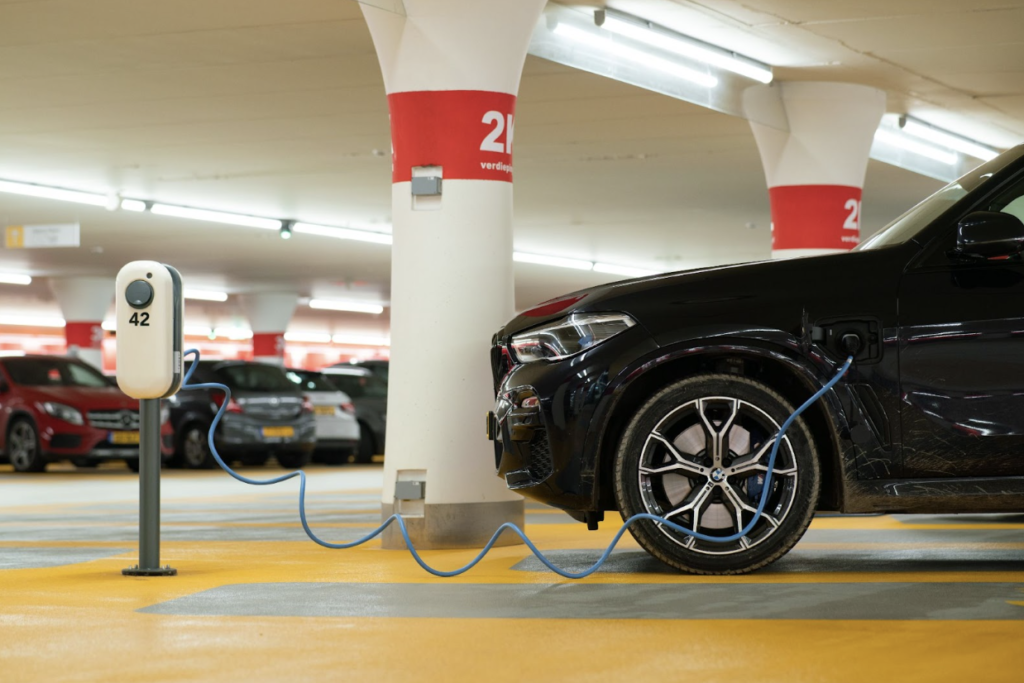
Do you know which energy trends to watch in 2023? It’s more important than ever for energy providers and businesses to plan ahead for potential changes in the landscape. This next year might hold some significant developments, and it’s crucial to stay ahead of the curve as much as possible. Here are three things you should watch for so that you can adjust as necessary in the coming months!
Electric Vehicle Adoption
It’s likely that electric vehicle adoption will rise significantly in the next year, and it’s important to consider their impact on electric grids. Electric vehicles have the potential to decrease emissions, and many people are turning to this new option. Many experts believe that the power grid can handle this new influx of electric vehicles, but there are still questions about how this will work long-term. Some experts claim that we must increase power capacity by 30% in the coming years. Although there is still plenty of room for speculation, there will likely be some significant adjustments to the power grid over the next several years. The popularity of electric vehicles will continue to rise, and it will take time to understand the energy demands that come with it.
Carbon-Free Electrical Generation
The energy sector is retiring carbon-based electricity generation in favor of carbon-free generation in the coming years. Many people have been pushing for cleaner energy sources, and some experts believe that there are multiple options to achieve 100% clean energy by 2035. According to NREL, “The exact technology mix and costs will be determined by research and development, among other factors, over the next decade.” There’s a lot to consider with carbon-free electrical generation, and there will be big changes and adjustments as we move through 2023.
Increased Electrical Awareness
There’s been an upward trend in consumer awareness of electric consumption, and this is expected to continue to rise in the coming years. Consumers want more information about their energy sources, consumption rates, and future energy changes. According to a consumer survey, over 60% of consumers wanted to learn more about energy consumption and how to save energy. As interest increases, there might be more opportunities to educate consumers about energy usage and options in the future. As people start asking more questions, there will be a greater need for consumer resources to help people better understand the current energy landscape.
